FLAGSTAFF, Ariz. — The National Weather Service issued a flash flood warning for parts of northern Arizona, including portions of Interstate 17 between mile markers 302 and 313, on Wednesday evening, July 16. The warning, which covers Coconino County, remains in effect through 9:45 p.m.
As of 8:10 p.m., Doppler radar detected intense thunderstorms dropping between 2.5 and 4 inches of rain across the region. An additional 0.25 inches of rainfall was still possible, and flash flooding was either already occurring or expected to begin shortly.
Areas at Risk
The warning includes:
-
Wet Beaver Wilderness
-
Apache Maid Mountain
-
Bell Crossing/The Crack
-
Munds Mountain Wilderness
-
T-Bar Ranch
Creeks and waterways affected:
-
Dry Beaver Creek
-
Rattlesnake Canyon
-
Beaver Creek
-
Jacks Canyon
-
Rarick Canyon
West Fire Burn Area Also at Risk
Flash flooding was also expected in and around the West Fire burn area in Gila and Coconino counties. As of 7:59 p.m., radar showed up to 1.5 inches of rain with more on the way.
At-risk locations:
-
Geronimo Estates
-
Pine
Creeks affected:
-
Clear Creek
-
West Webber Creek
The weather service warned of life-threatening flooding in normally dry washes, streams, highways, streets, underpasses, and urban areas.
What Is a Flash Flood?
A flash flood is a rapid flood caused by heavy rainfall, typically within six hours. These floods can form quickly, even in places not directly receiving rain, and often turn into dangerous torrents.
Flash Flood Watch vs. Warning
-
Flash Flood Warning: Flooding is happening or imminent. Move to higher ground immediately.
-
Flash Flood Watch: Flooding is possible. Stay alert.
What to Do During a Flash Flood Warning
-
Evacuate if authorities tell you to.
-
Use a battery-powered radio for emergency updates.
-
Never walk through moving floodwaters — just 6 inches can knock you over.
-
Don’t drive into flooded roads — only 2 feet of water can carry away a vehicle.
-
Avoid electrical hazards and fire risks.
-
Keep kids away from flowing water — debris and currents can be deadly.
-
Turn on weather alerts and stay informed.
Remember: Turn around, don’t drown. Stay safe and avoid all flooded areas.
This article has been carefully fact-checked by our editorial team to ensure accuracy and eliminate any misleading information. We are committed to maintaining the highest standards of integrity in our content.

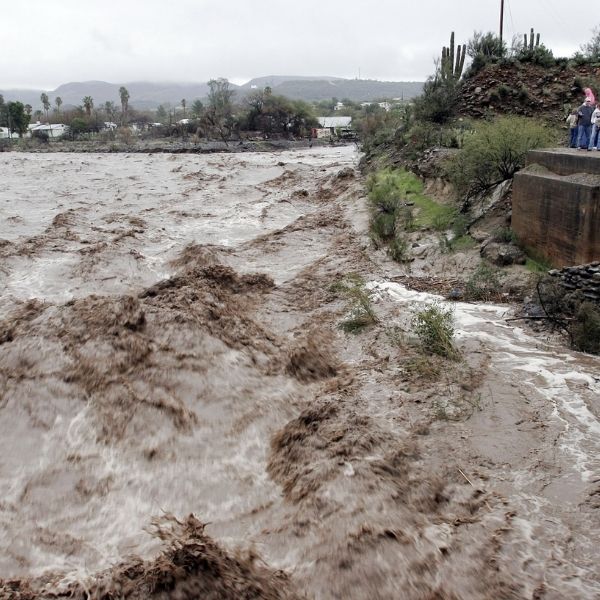

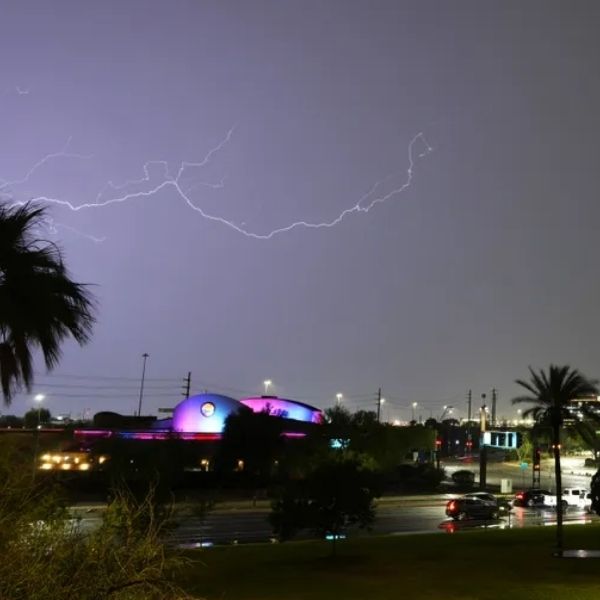
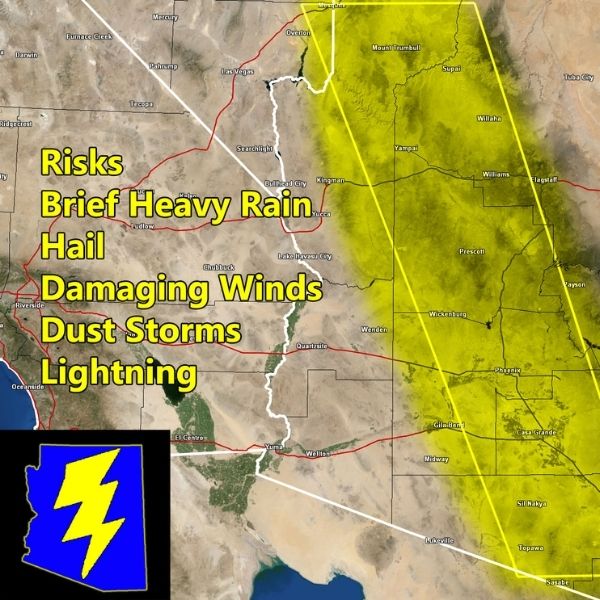
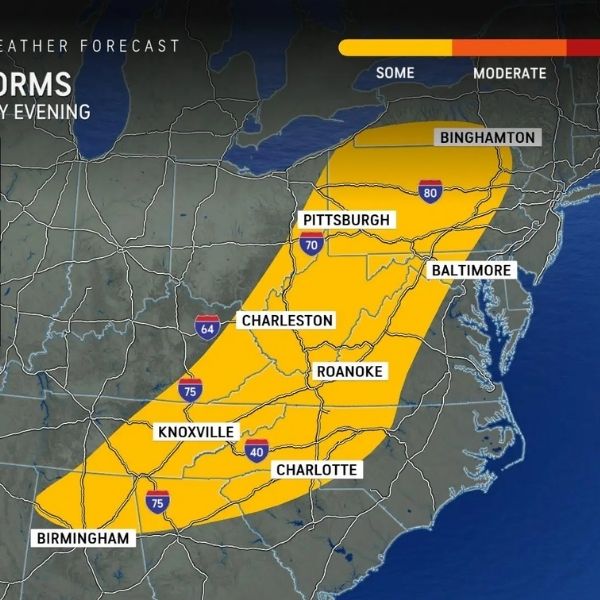
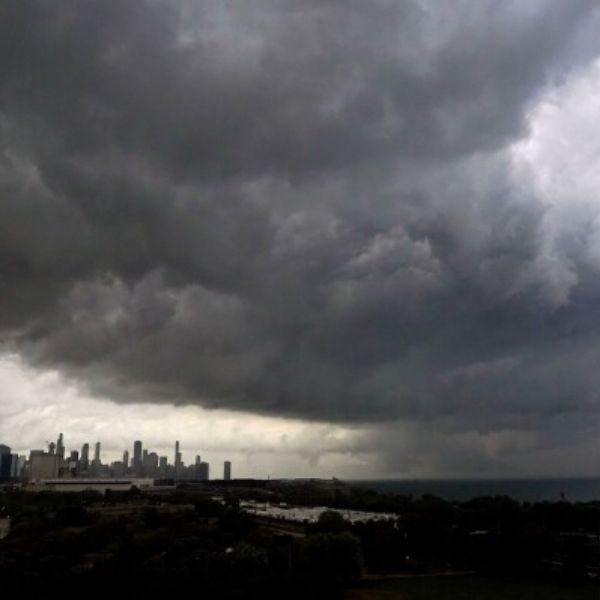

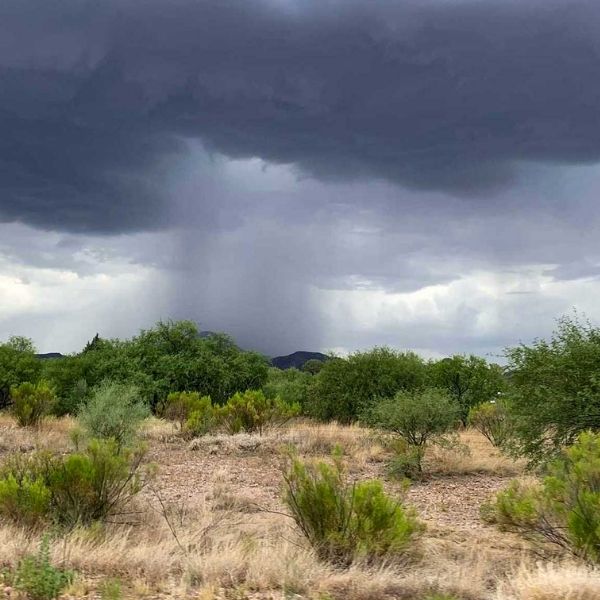
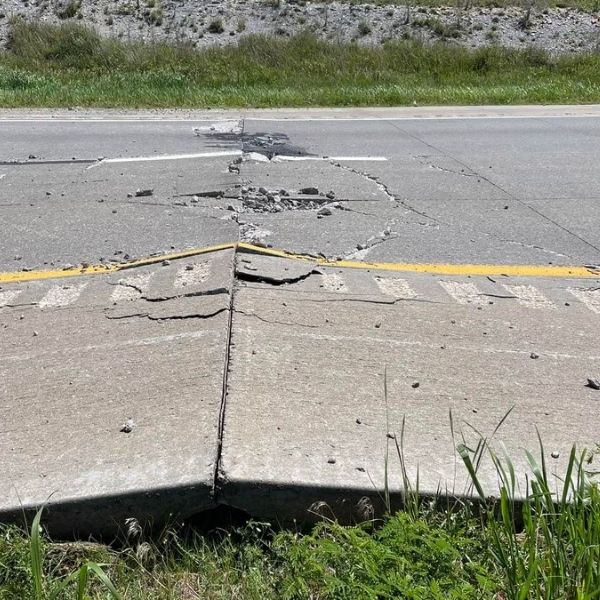
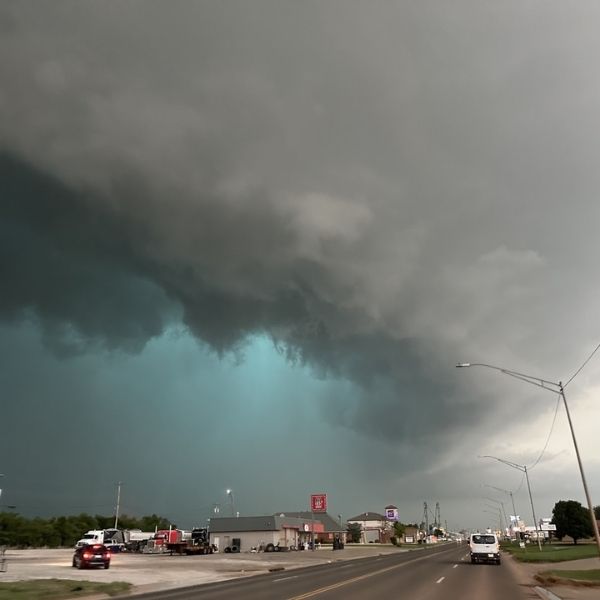
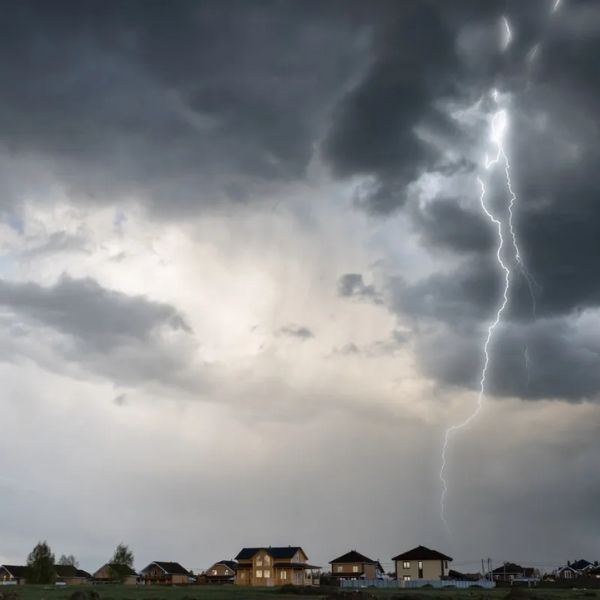
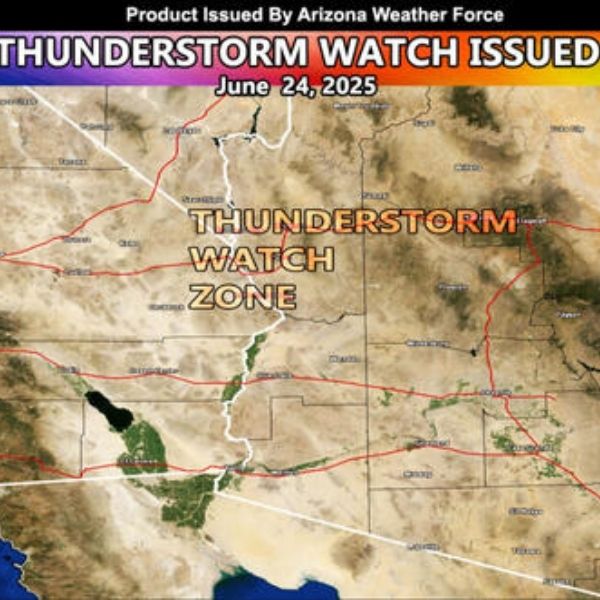



Leave a Reply